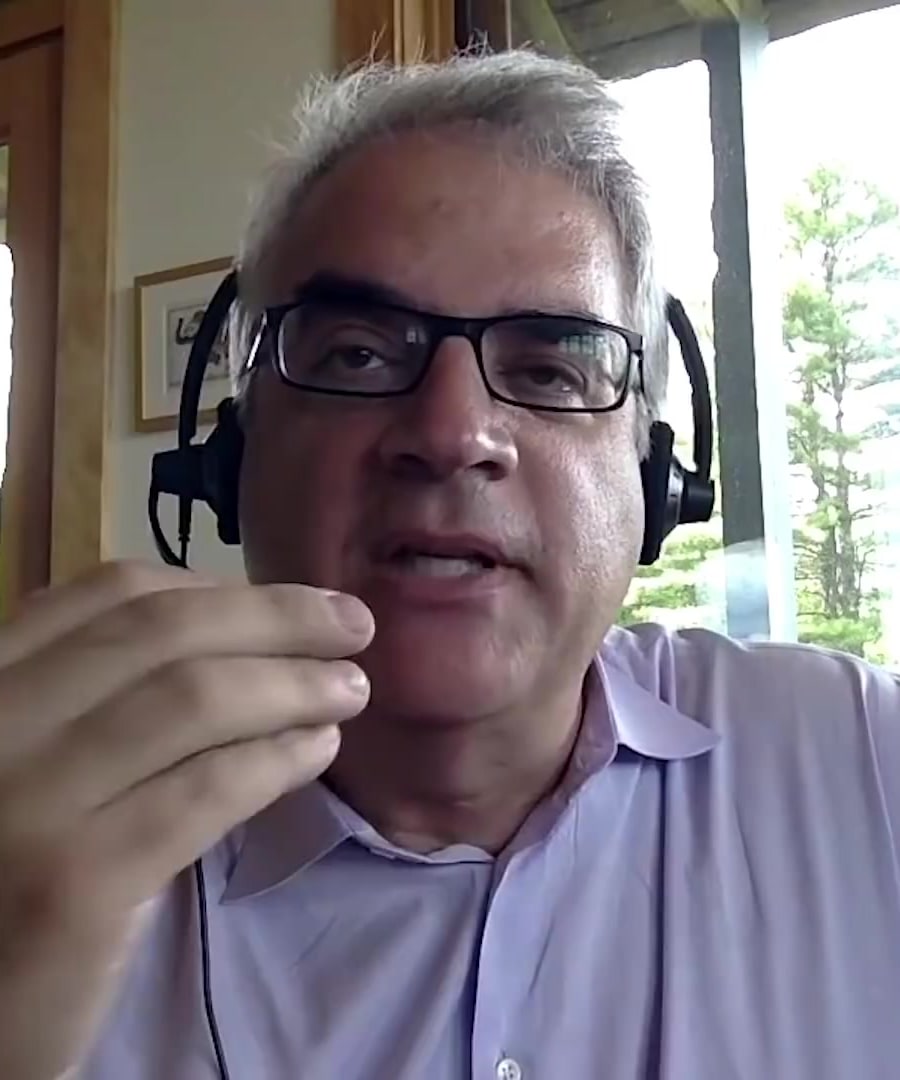Human-machine boundary
Sources:
The human-machine boundary is discussed in various contexts, particularly focusing on conceptual separations, shared vocabularies for interactions, and the physical capabilities of AI applications. Below are some key insights from different perspectives:
-
Concepts and Interface: During a discussion, touched upon the idea of developing a shared vocabulary as an interface between humans and machines. He suggests a collaborative interaction where both humans and machines contribute to a mutual understanding, which evolves as both parties understand and reinterpret each other's inputs in real-time applications like music synthesis or language models 1.
-
Autonomy in Technology: points out that significant advancements in machine learning allow for machines to learn and operate within set boundaries, yet continuously evolve. This refers to a future scenario where machines' capabilities could significantly exceed human-designed controllers 2.
-
AI Defined Boundaries: , in his discussion, emphasized that while AI technologies can perform tasks autonomously, the crucial decisions about their boundaries and ethics are made by humans, not AI itself 3.
-
Societal Impact and Interaction: explores how advanced machines, acting with apparent independence, influence human behaviors and societal norms. He raises concerns about the indirect effects such technologies might have, like encouraging rudeness in children who interact with compliant digital assistants or fostering inattention among drivers in proximity to autonomous vehicles 4.
These discussions highlight both the capabilities of machines in taking on roles traditionally held by humans as well as the ongoing responsibility of humans to set boundaries and ethically engage with technology.
RELATED QUESTIONS-
